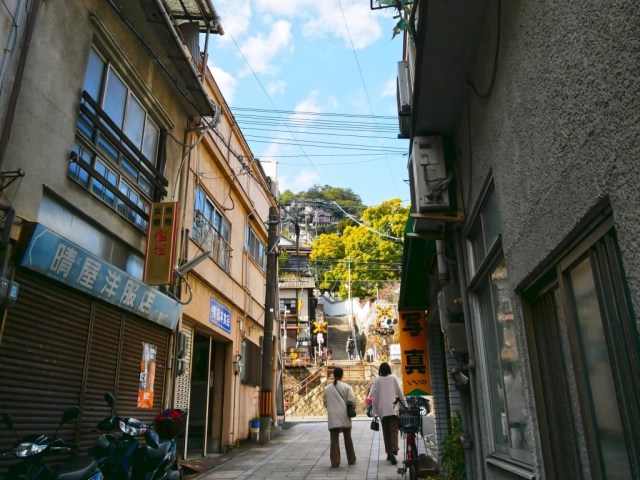
You may even recognize a few locations from pop culture.
Our Japanese-language reporter Marie Morimoto was recently given the opportunity to participate in a tour of Onomichi, a hilly and coastal city in Hiroshima Prefecture with a population of about 141,000 people.
It’s widely known in Japan for a few things: its Temple Walk connects 25 temples; it’s the setting for many books, manga, movies like The Girl Who Leapt Through Time, and even games like Yakuza 6; and two cats that keep trying to break into a museum.
On this tour, Marie was scheduled to tour a guest house complex constructed in vacant or abandoned houses called akiya. Her excitement for the journey ahead began the moment she exited the train station. Before her was a wide and open sky, nearby islands, and the ocean.
About a 10-minute walk from the station was her tour destination: Anago no Nedoko. Within the complex was a guest house, a café, a socializing space, and a book and music shop.
It’s entirely made of renovated traditional wooden houses, and, boy, did it mix retro and modern in a way that made Marie happy. The café’s long and narrow setup in particular piqued her interest.
There were also items inside that were recycled from nearby schools, like the chalkboard on the wall and the shoe shelf-turned-bookshelf on the floor. Can you spot any other school-related items?
Beside the café was the guest house, and the hallway was so long and inviting that Marie wanted to explore every corner of it. The interconnected buildings were like a maze perfect for explorers. The complex was designed with the intention of showing both travelers and residents the traditional architecture of Onomichi.
The guest house is set up in a dormitory-style fashion–there’s a common space, and the main rooms are bunk beds in a shared room. There are a few private rooms available, though! Marie couldn’t get over how stylish the common space was; it was the essence of Japanese interior design.
It’s managed by the Onomichi Vacant Housing Revival Project, a team of designers, architects, and artists that clearly know what they’re doing.
The evidence that they helped design the guest house was overwhelming. After touring the guest house complex, Marie had some free time. She decided to wander the town aimlessly and see what she could find.
The answer: a lot of house-roasted coffee shops. Many of them are run by young entrepreneurs that moved to Onomichi for a fresh start in life. Some of these would definitely create queues in Tokyo’s streets solely based on their design.
She also came across some public baths, boutiques, and fresh produce shops, some of which sold mostly citrus fruits that the area is well-known for.
More than anything, Marie loved the blend of traditional and modern. She was struck with the analogy when she spotted a mother-and-daughter pair of travelers–the mother would surely find the scenery nostalgic while the daughter would be amazed by the new sights.
Besides that, it’s got a bit of everything in terms of scenery: hills, islands, ocean, and bay. You can even hop over to Ehime Prefecture if you take the Shimanami Expressway.
Marie definitely recommends adding Onomichi to your travel itinerary, especially if Hiroshima is already in your plans. It’s only a 40-minute bullet train ride from Hiroshima Station to Shin-onomichi Station; and if you’re heading to Hiroshima from the Osaka area, it’s right on the way.
Related Links: Anago no Nedoko (English)
Photos ©SoraNews24
● Want to hear about SoraNews24’s latest articles as soon as they’re published? Follow us on Facebook and Twitter!
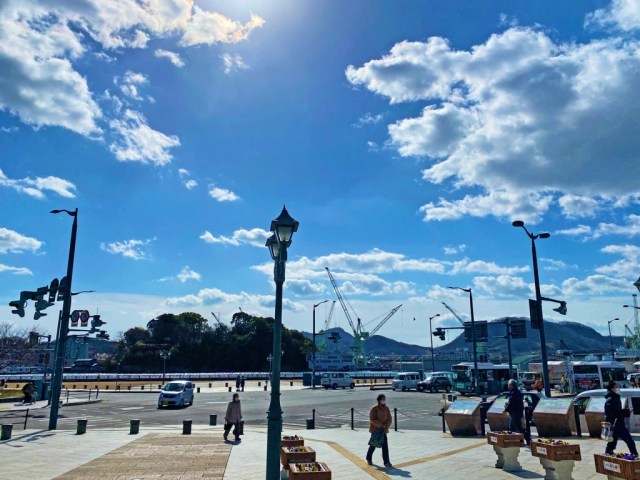
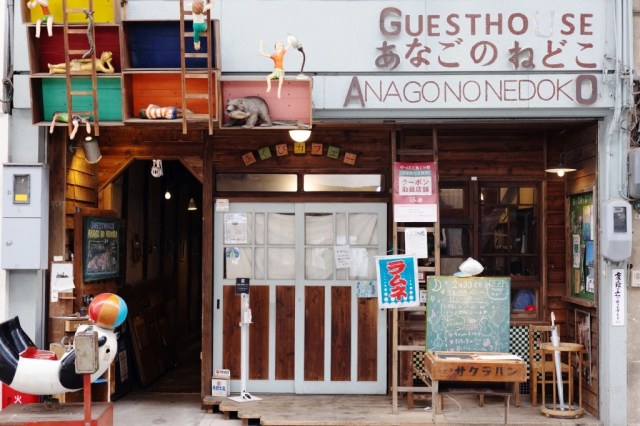
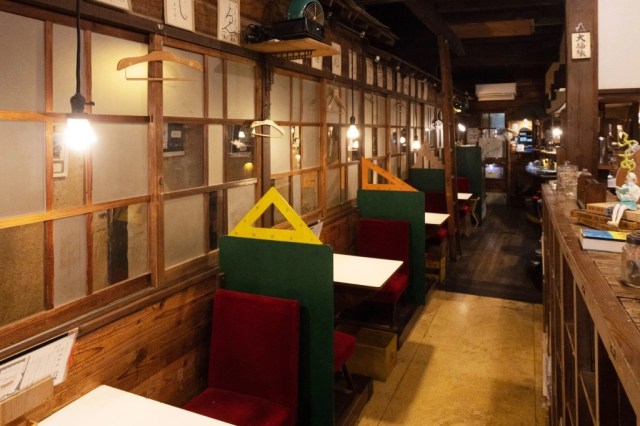

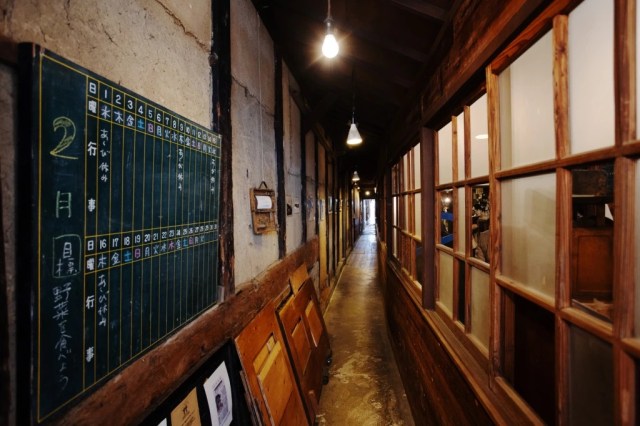
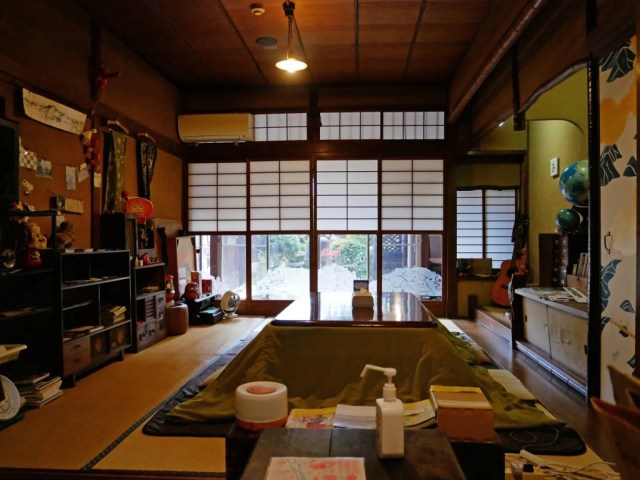
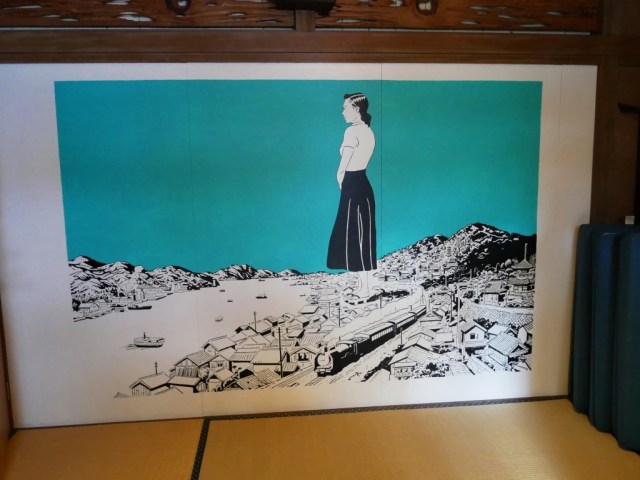
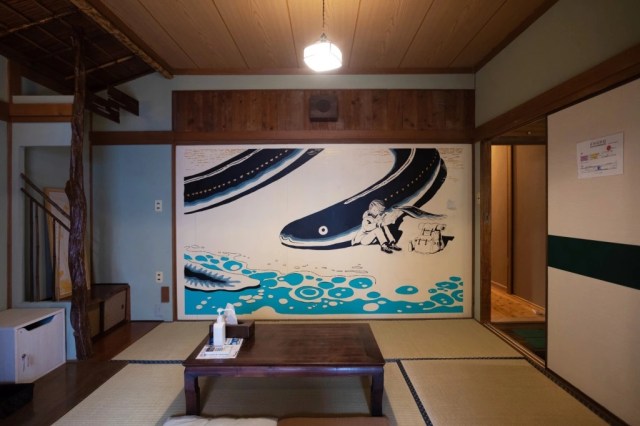
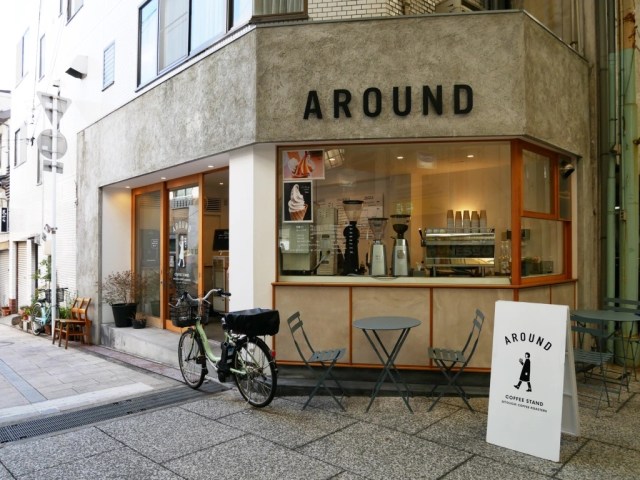
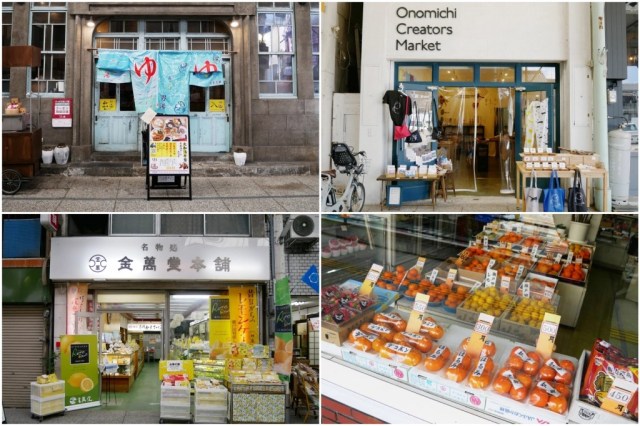

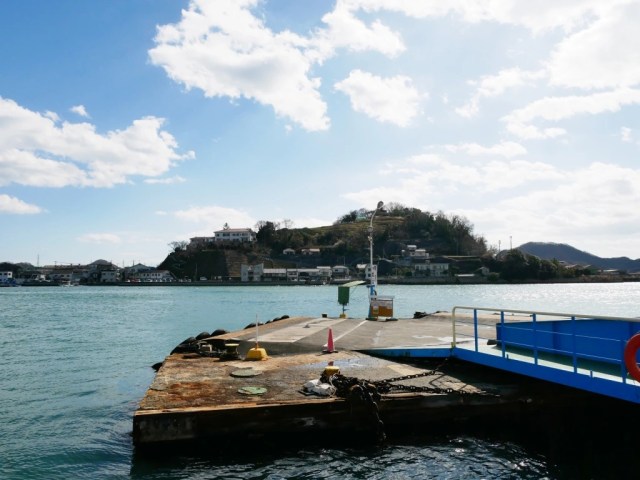
 Japanese beef bowl chain Sukiya’s 2026 Smile Box lucky bag basically pays for itself
Japanese beef bowl chain Sukiya’s 2026 Smile Box lucky bag basically pays for itself Village Vanguard’s most expensive Black Lucky Bag sets an ominous tone for 2026
Village Vanguard’s most expensive Black Lucky Bag sets an ominous tone for 2026 Should you dip your cake in sake? One Japanese brewer says no, but actually yes【 Taste test】
Should you dip your cake in sake? One Japanese brewer says no, but actually yes【 Taste test】 Terrace House star Hana Kimura’s suicide proceeding as a criminal case
Terrace House star Hana Kimura’s suicide proceeding as a criminal case That time Seiji called JASRAC to ask why he didn’t get paid royalties for his song being on TV
That time Seiji called JASRAC to ask why he didn’t get paid royalties for his song being on TV Japanese beef bowl chain Sukiya’s 2026 Smile Box lucky bag basically pays for itself
Japanese beef bowl chain Sukiya’s 2026 Smile Box lucky bag basically pays for itself Village Vanguard’s most expensive Black Lucky Bag sets an ominous tone for 2026
Village Vanguard’s most expensive Black Lucky Bag sets an ominous tone for 2026 Should you dip your cake in sake? One Japanese brewer says no, but actually yes【 Taste test】
Should you dip your cake in sake? One Japanese brewer says no, but actually yes【 Taste test】 Terrace House star Hana Kimura’s suicide proceeding as a criminal case
Terrace House star Hana Kimura’s suicide proceeding as a criminal case That time Seiji called JASRAC to ask why he didn’t get paid royalties for his song being on TV
That time Seiji called JASRAC to ask why he didn’t get paid royalties for his song being on TV Draw like a Studio Ghibli anime artist with exclusive watercolour set approved by Hayao Miyazaki
Draw like a Studio Ghibli anime artist with exclusive watercolour set approved by Hayao Miyazaki Ice cream in fried tofu? Taste-testing ice cream inari, a substitute for ice cream cones【Taste test】
Ice cream in fried tofu? Taste-testing ice cream inari, a substitute for ice cream cones【Taste test】 Cancelled your trip to Tokyo? Free papercraft download lets you build Akihabara in your own home
Cancelled your trip to Tokyo? Free papercraft download lets you build Akihabara in your own home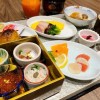 Ginza hotel serves up one of the best breakfasts in Tokyo
Ginza hotel serves up one of the best breakfasts in Tokyo Tour a stylish, minimalistic Muji House in new downtown Tokyo showroom
Tour a stylish, minimalistic Muji House in new downtown Tokyo showroom Starbucks Japan ready to get Year of the Horse started with adorable drinkware and plushies【Pics】
Starbucks Japan ready to get Year of the Horse started with adorable drinkware and plushies【Pics】 Hayao Miyazaki says Happy New Year to Studio Ghibli fans with new art for Year of the Horse
Hayao Miyazaki says Happy New Year to Studio Ghibli fans with new art for Year of the Horse 7 great places to see Mt. Fuji from without having to climb it
7 great places to see Mt. Fuji from without having to climb it We found possibly the quietest Japanese-style hotel in Tokyo’s bustling Shinjuku district
We found possibly the quietest Japanese-style hotel in Tokyo’s bustling Shinjuku district Cup Noodle tries an authentic Jiro-style ramen, but something’s not quite right
Cup Noodle tries an authentic Jiro-style ramen, but something’s not quite right Hello Kitty Choco Egg figures are an adorable trip through three periods of Japanese pop culture【Pics】
Hello Kitty Choco Egg figures are an adorable trip through three periods of Japanese pop culture【Pics】 Japan’s oldest largetooth sawfish in captivity back on display in Mie Prefecture
Japan’s oldest largetooth sawfish in captivity back on display in Mie Prefecture Cyberpunk anime meets traditional culture in Ghost in the Shell gold leaf Japanese changing screens
Cyberpunk anime meets traditional culture in Ghost in the Shell gold leaf Japanese changing screens The best Starbucks Japan Frappuccinos we want to drink again in 2026
The best Starbucks Japan Frappuccinos we want to drink again in 2026 We revisited Sweets Paradise after a decade to see if Japan’s dessert buffet still delivers
We revisited Sweets Paradise after a decade to see if Japan’s dessert buffet still delivers 7-Eleven Japan starts new temporary luggage storage service in over 300 branches
7-Eleven Japan starts new temporary luggage storage service in over 300 branches Disillusionment at Tsukiji’s tourist-target prices led us to a great ramen restaurant in Tokyo
Disillusionment at Tsukiji’s tourist-target prices led us to a great ramen restaurant in Tokyo Starbucks teams up with 166-year-old Kyoto doll maker for Year of the Horse decorations【Photos】
Starbucks teams up with 166-year-old Kyoto doll maker for Year of the Horse decorations【Photos】 Tokyo considering law requiring more trash cans following litter increase in heavily touristed area
Tokyo considering law requiring more trash cans following litter increase in heavily touristed area Tokyo’s Tsukiji sushi neighborhood asks tour groups to stay away for the rest of the month
Tokyo’s Tsukiji sushi neighborhood asks tour groups to stay away for the rest of the month Tokyo event lets you travel back in time, for free, to celebrate 100 years since Showa era start
Tokyo event lets you travel back in time, for free, to celebrate 100 years since Showa era start Sanrio theme park in Japan announces plans to expand into a Sanrio resort
Sanrio theme park in Japan announces plans to expand into a Sanrio resort Japan may add Japanese language proficiency, lifestyle classes to permanent foreign resident requirements
Japan may add Japanese language proficiency, lifestyle classes to permanent foreign resident requirements Stamina-destroying “Paralysis Noodles” are Tokyo’s newest over-the-top ramen innovation
Stamina-destroying “Paralysis Noodles” are Tokyo’s newest over-the-top ramen innovation Survey asks foreign tourists what bothered them in Japan, more than half gave same answer
Survey asks foreign tourists what bothered them in Japan, more than half gave same answer Japan’s human washing machines will go on sale to general public, demos to be held in Tokyo
Japan’s human washing machines will go on sale to general public, demos to be held in Tokyo Japan’s deadliest food claims more victims, but why do people keep eating it for New Year’s?
Japan’s deadliest food claims more victims, but why do people keep eating it for New Year’s? We deeply regret going into this tunnel on our walk in the mountains of Japan
We deeply regret going into this tunnel on our walk in the mountains of Japan Studio Ghibli releases Kodama forest spirits from Princess Mononoke to light up your home
Studio Ghibli releases Kodama forest spirits from Princess Mononoke to light up your home Major Japanese hotel chain says reservations via overseas booking sites may not be valid
Major Japanese hotel chain says reservations via overseas booking sites may not be valid Put sesame oil in your coffee? Japanese maker says it’s the best way to start your day【Taste test】
Put sesame oil in your coffee? Japanese maker says it’s the best way to start your day【Taste test】 No more using real katana for tourism activities, Japan’s National Police Agency says
No more using real katana for tourism activities, Japan’s National Police Agency says Starbucks Japan reveals new sakura drinkware collection, inspired by evening cherry blossoms
Starbucks Japan reveals new sakura drinkware collection, inspired by evening cherry blossoms Updated cherry blossom forecast shows extra-long sakura season for Japan this year
Updated cherry blossom forecast shows extra-long sakura season for Japan this year Draw like a Studio Ghibli anime artist with exclusive watercolour set approved by Hayao Miyazaki
Draw like a Studio Ghibli anime artist with exclusive watercolour set approved by Hayao Miyazaki Ice cream in fried tofu? Taste-testing ice cream inari, a substitute for ice cream cones【Taste test】
Ice cream in fried tofu? Taste-testing ice cream inari, a substitute for ice cream cones【Taste test】 Cancelled your trip to Tokyo? Free papercraft download lets you build Akihabara in your own home
Cancelled your trip to Tokyo? Free papercraft download lets you build Akihabara in your own home Ginza hotel serves up one of the best breakfasts in Tokyo
Ginza hotel serves up one of the best breakfasts in Tokyo Tour a stylish, minimalistic Muji House in new downtown Tokyo showroom
Tour a stylish, minimalistic Muji House in new downtown Tokyo showroom Cup Noodle tries an authentic Jiro-style ramen, but something’s not quite right
Cup Noodle tries an authentic Jiro-style ramen, but something’s not quite right Hayao Miyazaki says Happy New Year to Studio Ghibli fans with new art for Year of the Horse
Hayao Miyazaki says Happy New Year to Studio Ghibli fans with new art for Year of the Horse TikTok releases its Year in Music 2025 – Japan’s Top 10 Songs ranking
TikTok releases its Year in Music 2025 – Japan’s Top 10 Songs ranking 1,300-year-old Kyoto shrine changes bell policy following altercation with foreign tourists【Video】
1,300-year-old Kyoto shrine changes bell policy following altercation with foreign tourists【Video】 Real-life Ghost of Tsushima shrine announces ban of all “tourists,” but there’s some fine print
Real-life Ghost of Tsushima shrine announces ban of all “tourists,” but there’s some fine print What did Shibuya really look like after the crowds on New Year’s Day?
What did Shibuya really look like after the crowds on New Year’s Day? Stay in a Japanese hotel room…with a train inside it!
Stay in a Japanese hotel room…with a train inside it!
Leave a Reply